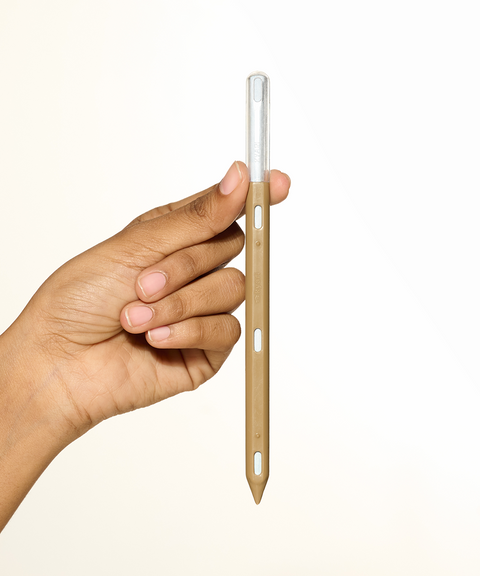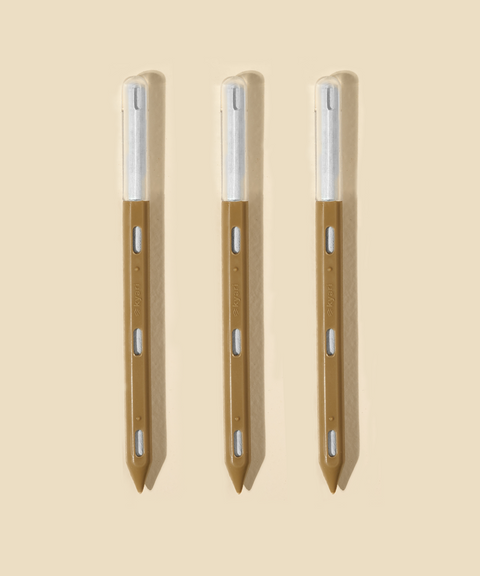Care guide
Most conifers prefer full sun to thrive. They require at least six hours of direct sunlight each day. Ensure that they are planted in an area where they can receive adequate sunlight. However, some conifers, particularly those with golden or variegated foliage, may benefit from partial shade to protect them from intense sunlight.
Conifers have varying water requirements depending on their species and maturity. Generally, they prefer well-draining soil and should be watered deeply but infrequently. Allow the soil to dry slightly between waterings to avoid waterlogged conditions, which can lead to root rot. Young conifers may require more frequent watering until they establish a strong root system.
Conifers thrive in well-draining soil that is slightly acidic to neutral. They prefer soil with good moisture retention but should not be planted in heavy clay soils. Adding organic matter, such as compost or peat moss, to the soil can improve its drainage and fertility. Avoid over-fertilizing, as it can lead to excessive growth and weak branches.
Applying a layer of organic mulch around the base of conifers helps conserve soil moisture, regulate soil temperature, and suppress weed growth. Use mulch such as wood chips, bark, or pine needles, and spread it around the root zone, avoiding direct contact with the trunk.
Regular pruning is not always necessary for conifers, but it can help shape the plant, remove dead or damaged branches, and improve airflow. Prune conifers in early spring before new growth emerges. Avoid pruning more than one-third of the plant's total height or removing large branches, as this can cause stress and affect the plant's health.
Conifers generally have low nutrient requirements, and excessive fertilization can harm them. Apply a slow-release, balanced fertilizer specifically formulated for conifers in early spring. Follow the package instructions for the recommended dosage and application method. Avoid fertilizing late in the growing season, as it may encourage new growth that can be susceptible to winter damage
Most conifers are cold-hardy and can withstand winter conditions. However, young or newly planted conifers may require protection from harsh winds and extreme temperatures. Consider using burlap or creating windbreaks to shield them. Water conifers adequately before winter to ensure they are well-hydrated going into the colder months.








 Limited Time Deal
Limited Time Deal
 BYOB - Small Plants
BYOB - Small Plants





























































































